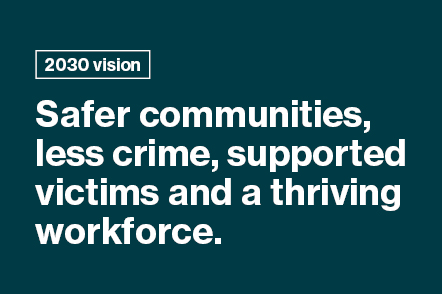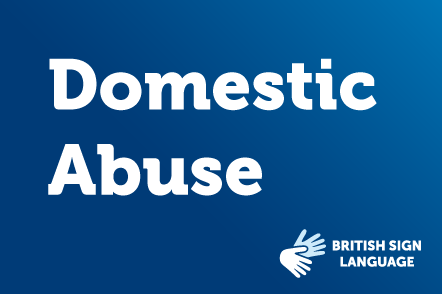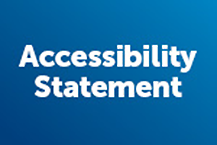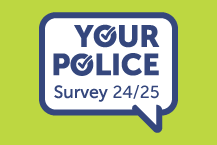Impersonation Scam
What is it?
You’re convinced to make a payment or give personal and financial details to someone claiming to be from an organisation you trust. This could include the police, your bank, a utility company, a communication service provider or a government department such as HMRC.
These scams often begin with a phone call or text message that appears to be from a trusted organisation. Criminals use a tactic called ‘spoofing’ to make their call or text appear genuine by cloning the number or sender ID which the organisation uses.
How to spot an impersonation scam
- You receive a call, text, email or social media message out of the blue with an urgent request for your personal or financial information, or to make a payment
- You’re asked to act immediately, sometimes with the claim that ‘your money is at risk’ or ‘your account will be blocked’ if you don’t
- The caller asks you to transfer money to another account for ‘safe-keeping’ or buy goods
- The sender’s email address is different to that of the genuine sender
Examples of impersonation scams
Transfer money to a ‘safe’ account
Roy received a call from someone claiming to be from his bank’s fraud team enquiring about several suspicious payments on his account which he didn’t recognise. He was told that his account had been compromised and he urgently needed to move money into a ‘safe’ account to protect it. Roy did so and transferred his entire savings into a ‘safe account’ which actually belonged to the criminal.
Problems with your internet connection
Leanne was contacted by an ‘employee’ from her broadband company informing her the internet router she was using had been hacked. The caller asked for remote access to Leanne’s computer and said that she would receive £500 as compensation for the inconvenience. Leanne provided her bank details and was told to log onto her online banking to check the money had been received. However, £5,000, not £500, was deposited and she was asked to refund the overpayment to another bank account. By then, the criminal had taken control of all her accounts and the ‘£5,000’ deposit was in fact money moved around from Leanne’s other accounts.
Police impersonation
Damon was contacted by a ‘police officer’ claiming that staff at his local bank branch were issuing counterfeit notes and his assistance was needed in an undercover police operation. He was instructed to make a large withdrawal from his account to then be handed over to the police for ‘analysis’ believing that he would receive his money back after the investigation. Once Damon’s money had been handed over, he never heard back from the “police officer”.
If you believe you’ve fallen for a scam, contact your bank immediately on a number you know to be correct, such as the one listed on your statement, their website or on the back of your debit or credit card and report it to the police by calling 101.







